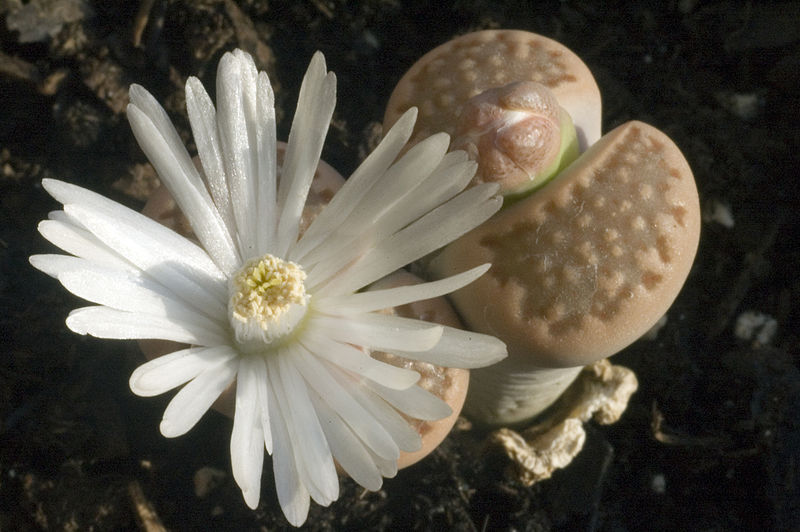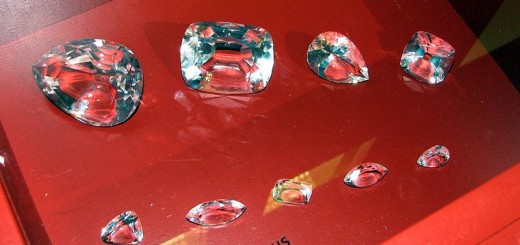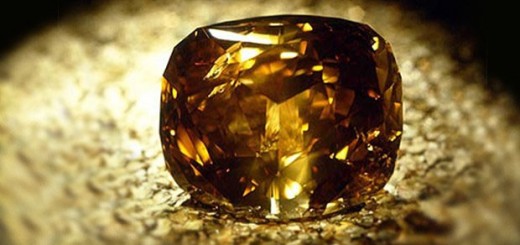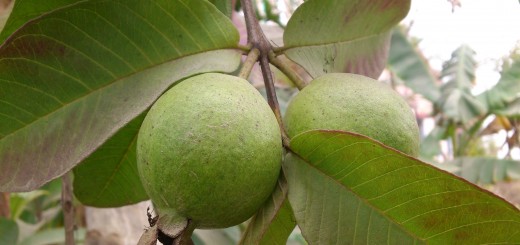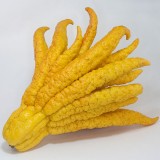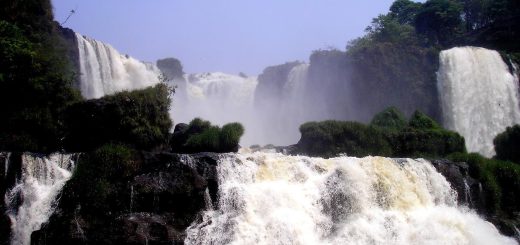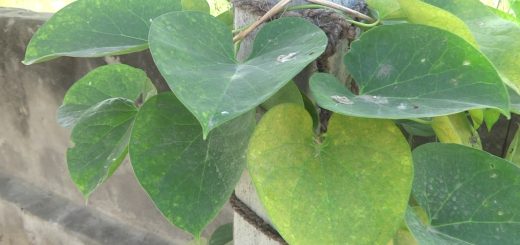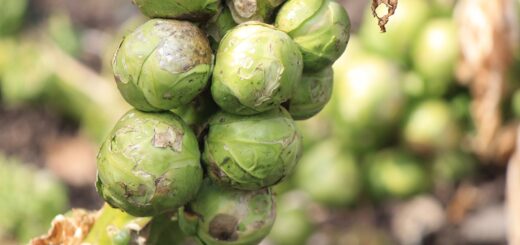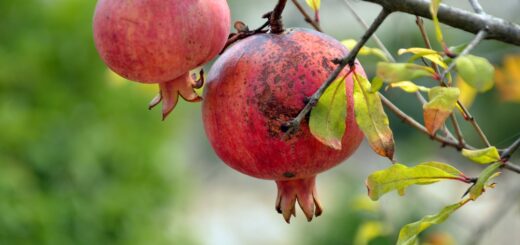Top Five Bizarre & Really Scary Plants
1. Hydnora Africana
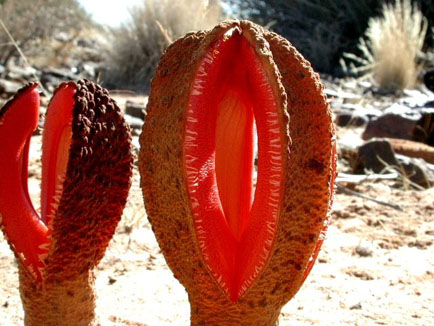
Hydnora africana is an achlorophyllous plant in the family Hydnoraceae. The plant grows underground, except for a fleshy flower that emerges above ground and emits an odor of feces to attract its natural pollinators, dung beetles and carrion beetles. The flowers act as temporary traps, retaining the beetles that enter long enough for them to pick up pollen. It is also called jakkalskos or jackal food.
2. Octopus Stinkhorn
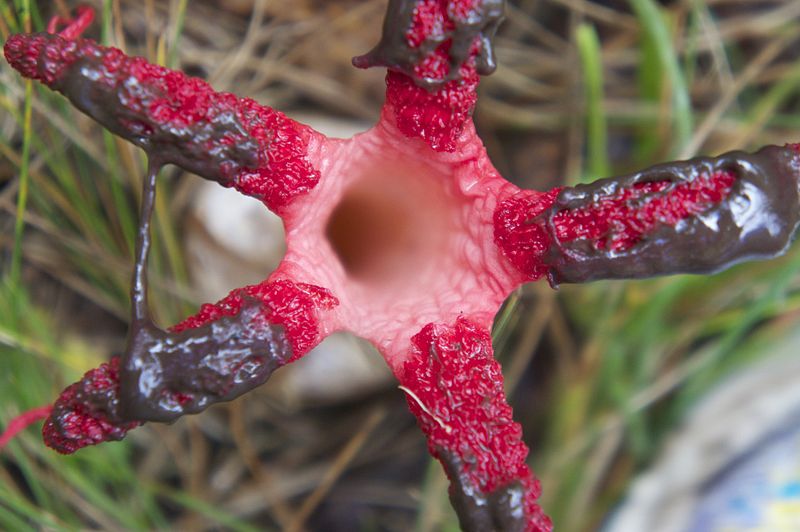
The young fungus erupts from a suberumpent egg by forming into four to seven elongated slender arms initially erect and attached at the top. The arms then unfold to reveal a pinkish-red interior covered with a dark-olive spore-containing gleba. In maturity it smells of putrid flesh.
3) Hydnellum peckii

Hydnellum peckii is a mycorrhizal species, and forms mutually beneficial relationships with a variety of coniferous trees, growing on the ground singly, scattered, or in fused masses.
The fruit bodies typically have a funnel-shaped cap with a white edge, although the shape can be highly variable. Young, moist fruit bodies can “bleed” a bright red fluid that contains a pigment known to have anticoagulant properties similar to heparin. The unusual appearance of the young fruit bodies has earned the species several descriptive common names, including strawberries and cream, the bleeding Hydnellum, the bleeding tooth fungus, the red-juice tooth, and the Devil’s tooth.
Lithop can be described as living stones, a plant that exactly look like stones or pebbles. In fact its unique shape causes by the merging of two separate leaves at the outer edges of the plant. The leaves of the lithop plant grows in very rainy season.This extremely strange plant species mainly found in South Africa.
5) White Baneberry

Actaea pachypoda or baneberry is a small ball type plant native to North American forests. It is also called as doll’s eye because of its special shaped fruits. White baneberry prefers clay to coarse loamy upland soils, and is found in hardwood and mixed forest stands. In cultivation it requires part to full shade, rich loamy soil, and regular water with good drainage to reproduce its native habitat.
